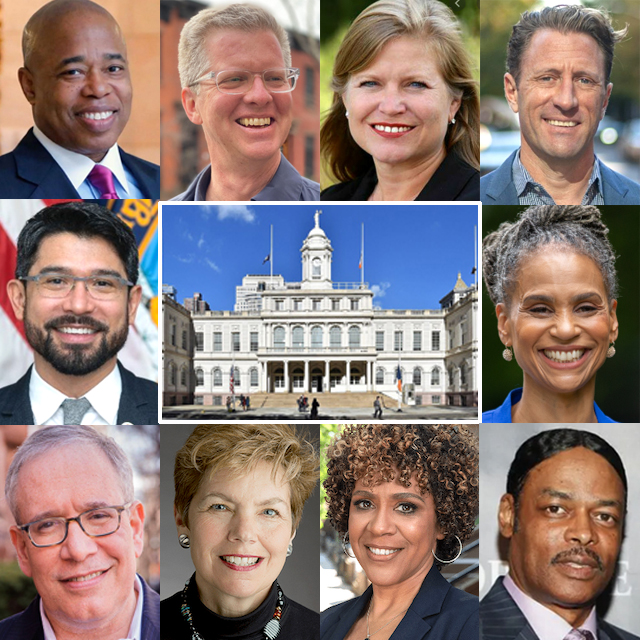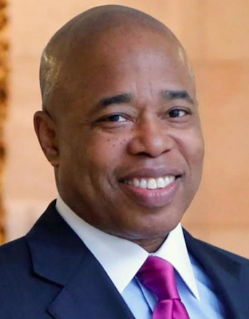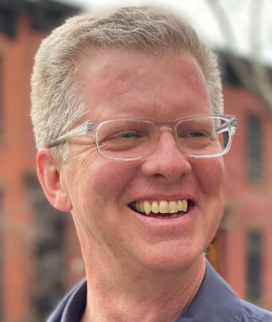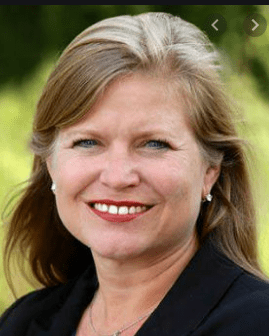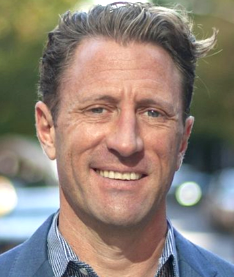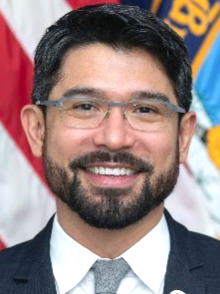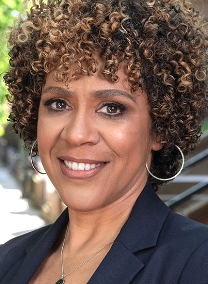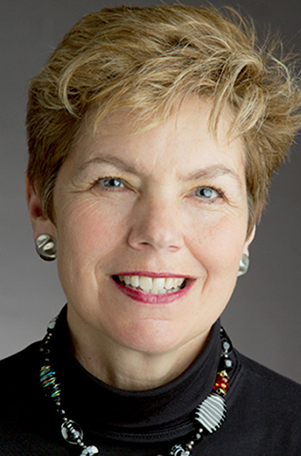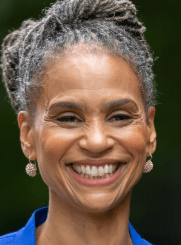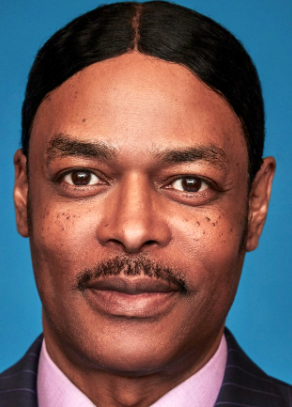
With 211,038 crashes in the city in 2019, which killed 243 individuals and injured 61,265 (that's an average of 578 crashes and 169 casualties a day, but who's counting?), stopping reckless drivers from killing and maiming is an urgent public-health priority for the next mayor. So Streetsblog asked those who would lead us out of this crisis to detail their street-safety bona fides. Of the 11 we asked, 10 stepped up. (Ray McGuire was the exception.)
This is the fourth of daily rollouts of the candidates’ thoughtful and often-voluminous answers, which should provide safe-streets activists with a roadmap of where the hopefuls stand on our issues (the previous three installments focused on safe streets, “free” parking and a car-free Manhattan). At the end of the series, we’ll post all seven installments in one place for easy reference.
Here was our question:
What have you done in your career to get reckless drivers off our streets? Please be very specific.
Here is what they said:
ERIC ADAMS: I have been a leading advocate for reducing the speed limit, instituting speed cameras in every school zone, and calling on the NYPD to not pre-judge traffic-violence cases in the media.
I was glad to see my colleagues in the City Council pass the Reckless Driver Accountability Act earlier this year, and I believe we must be vigilant to pursue additional measures, if necessary, that curb dangerous driving behavior.
I am proud to been recognized previously by Streetsblog as an “elected official of the year” for being a “strong voice for safer streets and better transit in our city.”
This line intentionally left blank for spacing purposes.
SHAUN DONOVAN: I have been a vocal leader in the movement to invest in and grow inclusive, walkable neighborhoods.
As Housing, Preservation and Development commissioner, I played a key role in PlaNYC, the comprehensive plan to dramatically reduce carbon emissions in the city and promote more equitable, safer neighborhoods.
As Housing and Urban Development secretary, I created the Sustainable Communities initiative, which partnered with the Department of Transportation and Environmental Protection Agency to make the largest federal investment in planning in a generation and build a movement to reduce vehicle miles traveled and create denser, walkable neighborhoods served more equitably by transit. I also helped create initiatives such as Promise and Choice Neighborhoods that funded neighborhood revitalization strategies that included significant street redesign for increased mobility and walkability.
As Office of Management and Budget director, I oversaw the federal budget that distributed increased funding to the Department of Transportation for TIGER grants and other key initiatives which increased transit and worked toward getting reckless drivers off of our streets.
KATHRYN GARCIA: As sanitation commissioner, I led a comprehensive and widely supported reform of the private carting industry that will slash truck travel and create safer streets for both industry workers and the public.
Full implementation of commercial waste zones will remove 18 million miles of truck traffic from NYC streets every year.
It will also shorten routes for commercial waste workers — reducing the incentive to skip a stop sign or run a red light late at night to get to every customer on the route.
This line intentionally left blank for spacing purposes.
This line intentionally left blank for spacing purposes.
ZACH ISCOL: Not enough. I’ve reported reckless drivers, taken the keys from drunk friends, and yelled at a few cars that have taken corners too fast when I was crossing the street with my kids.
Unfortunately, however, anyone familiar with 311 and the bureaucratic workings of city government knows that it is an uphill battle to drive change.
For this reason, I wish I could say that I have done more.
This is why I am calling for re-working our traffic enforcement, to ensure we hold reckless drivers accountable and create safe street infrastructure that doesn’t leave pedestrians and cyclists at the mercy of drivers.
RAY MCGUIRE: Did not answer Streetsblog's question.
CARLOS MENCHACA: I have grieved with the community too many people who have passed away due to reckless drivers and bad city planning. Third Avenue in Sunset Park, the community that I represent in the City Council, is one of the locations where too many pedestrians and cyclists have been struck. I have brought together working groups of neighbors, activists, parents and educators, local precinct officers, business owners to confront the planning issues along this avenue — similar work is happening across the city, and I have been with the community for these past few years.
I have put pressure on the DOT to make the avenue’s crossing paths wider, and in 2019 I was able to fund a safe pedestrian passageway on Third Ave and 60th Street, the site of one of my district’s biggest schools.
With more schools being built along this corridor, I am supporting fully funding the Reckless Drivers Accountability Act, and have criticized the de Blasio administration for not fully funding it in the last budget, almost voting the entire budget down for diluting this essential program to get reckless drivers off from our streets. During de Blasio’s first term I also supported the Right of Way law, which made it a misdemeanor punishable by up to 30 days in jail to injure or kill a pedestrian or cyclist who had the right of way.
The truth is that this work is just beginning. The city must do more to make sure that pedestrians and cyclists have good city infrastructure, and that bad drivers cannot haul vehicles around our streets endangering innocent lives.
DIANNE MORALES: Frankly, I simply have not spent my career getting reckless drivers off our streets.
My career has been spent making improvements in other arenas for Black and Brown communities across the city.
That said, I recognize the inherent racism in our current car-culture, the highways that bifurcate neighborhoods and the racial disparity of injury in vehicle strikes.
We can address this issue and eliminate incredible suffering by recognizing the tangible solution: Fewer cars means fewer people hit by cars.
This line intentionally left blank for spacing purposes.
SCOTT STRINGER: The best way to curtail reckless driving is to make less room for reckless drivers on the road. That’s one reason why I’ve pushed so hard for more and better bus lanes and bike lanes, wider sidewalks, and open streets. When you improve street design and reduce space for cars, you reduce dangerous driving.
I was also among the first electeds to dig into the traffic camera data and uncover the disturbing number of repeat offenders. That’s why I supported Assembly Member Robert Carroll’s bill to bring real consequences for scofflaw drivers and why I support robust enforcement of Brad Lander’s Reckless Driver Accountability Act. Drivers who endanger the lives of their fellow New Yorkers cannot continue to act with impunity. They should be required to take specialized traffic safety courses and, if they continue to drive recklessly, their cars should be impounded and their licenses should be suspended.
LOREE SUTTON: As a psychiatrist, I have worked extensively with individuals referred for substance-abuse treatment and mental-health care whose reckless and impaired driving has caused untold heartbreak, suffering and death. Not content to merely deal with the downstream destructive impacts of addiction, I have participated, advocated, designed and led prevention campaigns and actions aimed at increasing community and individual awareness, decreasing stigma to enhance help-seeking behavior and averting tragedy.
As a leader, I have consistently pursued actions to uphold the primacy of public safety and individual accountability as well as to facilitate access to treatment and rehabilitation. Of note is the growing prevalence of trauma and its role with respect to rage reactions and self-medication with alcohol and other substances; this societal issue requires a combination of peer-based community and professional intervention to thwart needless harm and tragedy at all levels.
As a concerned citizen, I am vigilant in reporting reckless driving — calling 911 for cars and as well as reporting dangerous truck driving to the company number listed on the chassis. When appropriate, I signal to drivers to get their attention and implore them to slow down, take a text break and/or to get help it’s too late. In short, I do all in my power to intervene in ways that protect and enhance public safety.
MAYA WILEY: As the founder and president of the Center for Social Inclusion, a policy-advocacy organization committed to dismantling structural racism, we created a transportation equity project.
We were working to support community organizing efforts to impact the federal debate on public transit investments that would ensure that we were creating good jobs, connecting low-income and transit-starved communities with transit and trying to change the debate on highway investment to public transit investments.
My career focus has been on public transit, which in turn creates safe transportation options that also help to solve multiple community-level issues, including street safety, although I look forward to learning more from advocates and experts on ways to achieve greater street safety and get reckless drivers off our streets!
ISAAC WRIGHT Jr.: I am looking forward to improving public transit in New York City, which will make the entire city safer, not just from reckless drivers.
